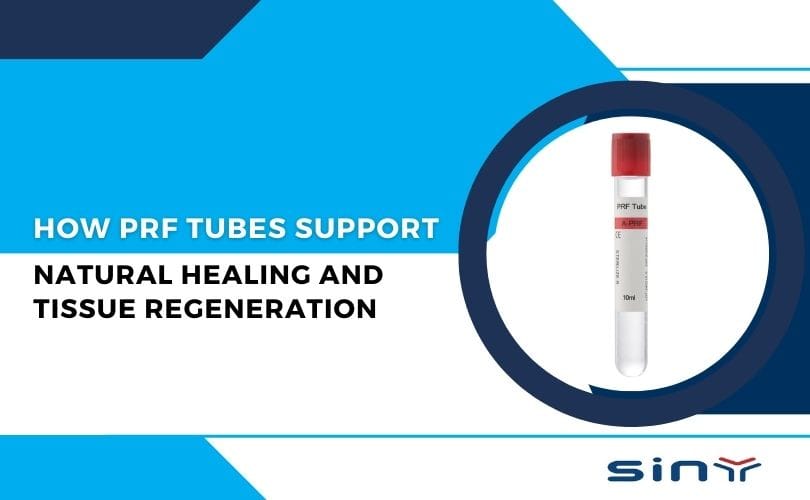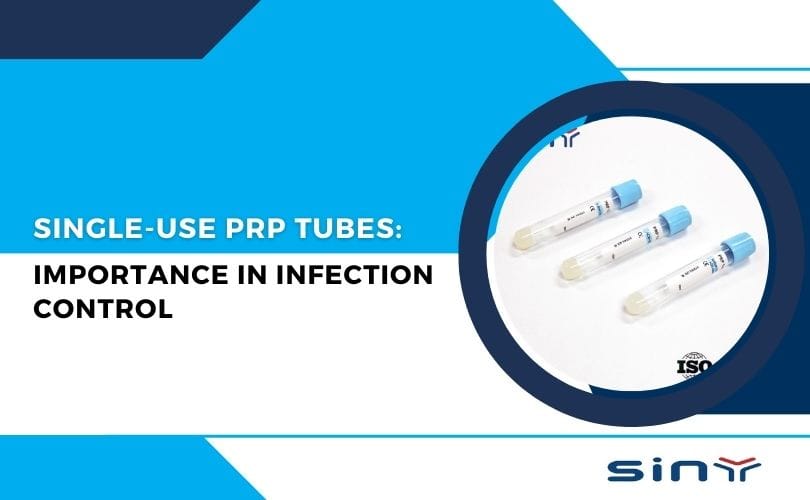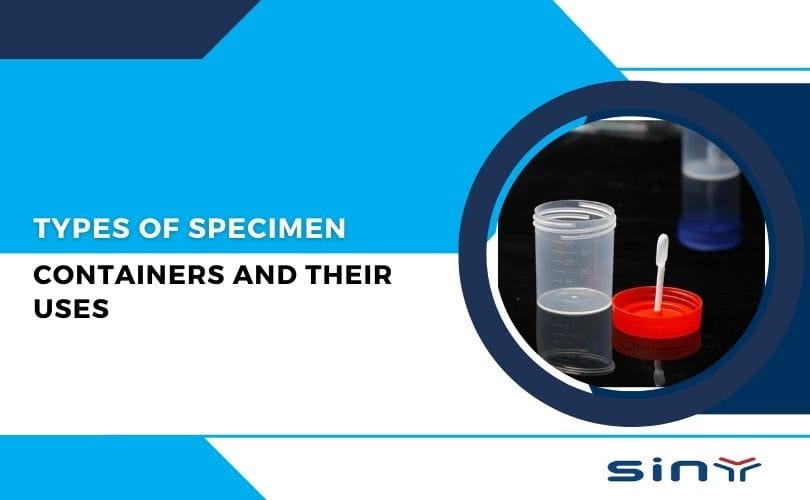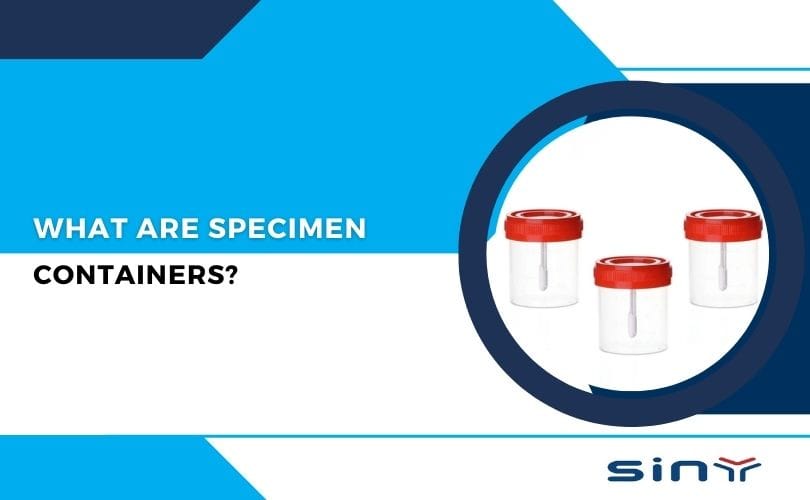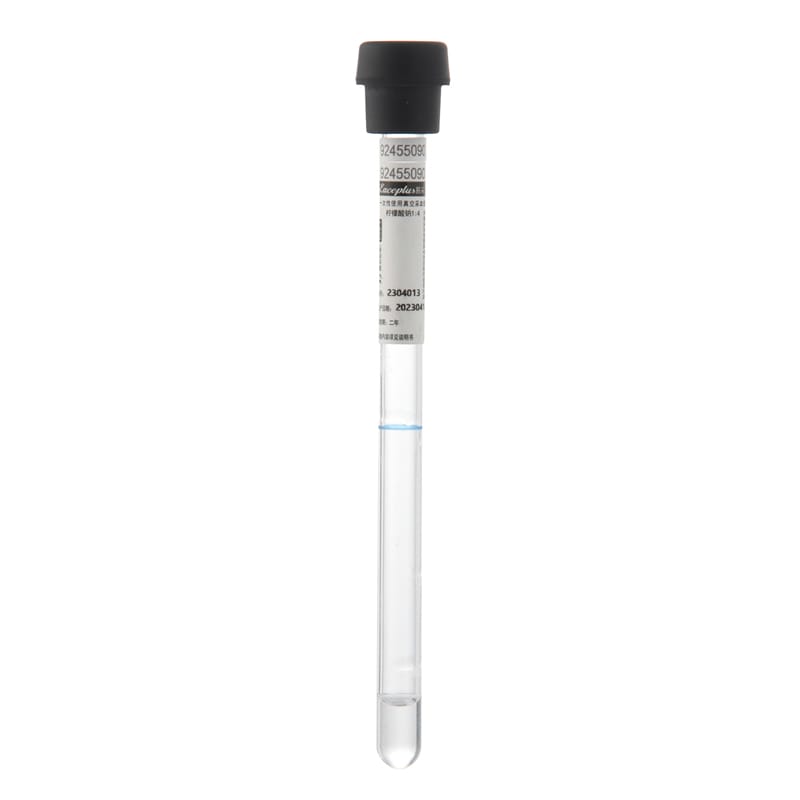Blood sampling, especially for monitoring glucose levels, is a critical routine for many. Blood lancets make this task more accessible, but choosing the correct gauge can affect comfort and accuracy. When it comes to Blood Lancet 28G vs 30G, there are distinct differences that can make one a better fit than the other, depending on your preferences and needs. Let’s delve into the characteristics of these two lancet types and help you make an informed choice.
Table of Contents
What is a Blood Lancet?
A blood lancet is a small, sterile device used to make a quick puncture in the skin to obtain a blood sample. This sample is typically used for glucose monitoring, lactate testing, or other medical assessments. The gauge (G) of a lancet indicates its thickness; lower numbers correspond to thicker needles. For example, a 28G lancet has a diameter of approximately 0.35 mm, while a 30G lancet is thinner at around 0.3 mm.

Understanding Lancet Gauge
The gauge of a blood lancet refers to the thickness of the needle. It might seem counterintuitive, but the higher the gauge number, the thinner the needle. For example, a 28G lancet is thicker than a 30G blood glucose lancet. This variation in thickness can make a significant difference in how the lancet feels when it penetrates the skin and how well it draws the necessary amount of blood.
Blood Lancet 28G vs 30G Differences
| Feature | 28G Blood Lancet | 30G Blood Lancet |
|---|---|---|
| Needle Thickness | Thicker (lower gauge number) | Thinner (higher gauge number) |
| Pain Level | May cause slightly more discomfort | Typically less painful due to thinner needle |
| Blood Sample Size | Produces a larger blood sample | Produces a smaller blood sample |
| Skin Suitability | Ideal for tougher or calloused skin | Best for delicate or sensitive skin |
| Usage Frequency | Suitable for less frequent testing | Suitable for frequent testing (daily) |
| Target Users | Adults, users needing larger samples | Children, individuals with sensitive skin |
| Comfort Level | Moderate, may feel more invasive | High, minimizes skin trauma |
This table outlines the key differences between 28G and 30G blood lancets to help you choose the one that best fits your comfort and sampling needs.
Choosing Between Blood Lancet 28G vs 30G
Your choice between 28G and 30G blood lancets should largely depend on your personal comfort level and the requirements of your testing device. If you have tough skin or your device requires a more substantial blood drop, a 28G lancet may be more suitable. On the other hand, if comfort and reduced skin trauma are your priorities, or if you test frequently, the 30G lancet could be the better option.
It’s also essential to consider the psychological aspect of blood sampling. For some, the idea of using a thicker needle can increase apprehension, even if the actual pain is minimal. In such cases, opting for the thinner 30G lancet can help reduce anxiety and make the process more bearable.

Which Lancet Gauge Is Best for You?
Ultimately, the decision between a 28G and 30G blood lancet is highly individual. Factors like skin type, comfort preferences, and the required blood sample size all come into play. For many people, the 30G lancet strikes the best balance between effectiveness and comfort, making it a popular choice for routine, frequent testing. However, if you find that the 30G doesn’t consistently provide enough blood for your testing needs, or if you have particularly tough skin, a 28G might prove more effective.
Blood Lancet 28G vs 30G: Final Thoughts
Blood sampling is a vital aspect of health management for many, and choosing the right blood lancet can make a big difference in comfort and efficiency. Whether you decide on the 28G or 30G blood lancet, understanding the pros and cons of each can help you select the best option for your needs. In particular, the 28G lancet is beneficial for those who need a larger blood sample or have tougher skin, while the 30G lancet prioritizes comfort and is ideal for more sensitive users or frequent testers. By taking into account your individual needs and preferences, you can make a well-informed decision that enhances your overall experience with blood sampling.
FAQs
What is the main difference between a 28G and a 30G blood lancet?
The main difference lies in the thickness of the needle; the 28G lancet is thicker than the 30G, which affects the blood volume drawn and the level of comfort.
Which lancet is more painful, 28G or 30G?
Generally, the blood 28G lancet is slightly more painful due to its thicker needle. The 30G lancet, being thinner, tends to cause less discomfort.
Can I use a 30G lancet with a blood glucose meter?
Yes, most modern blood glucose meters require only a tiny drop of blood, which a 30G lancet can provide.
Is a 28G lancet better for people with tough skin?
Yes, the 28G lancet is more effective for those with calloused or tougher skin, as its thicker needle can penetrate more easily.
How often should I change my lancet?
Lancets should be changed after each use to maintain sterility and reduce discomfort.
Can I use a 30G lancet if I need a larger blood sample?
If your glucose meter requires a larger blood sample, the 30G lancet might not always provide enough blood, and a 28G is more suitable.
You May Also Read
- What’s a Blood Lancet?
- Guide to Choosing Quality Blood Collection Tubes
- Top 10 Blood Collection Needle Manufacturer In China
If you enjoyed this article, please subscribe to our YouTube channel. We provide product video tutorials. You can also follow us on Instagram and Facebook to stay up to date with new updates, news and special deals.



